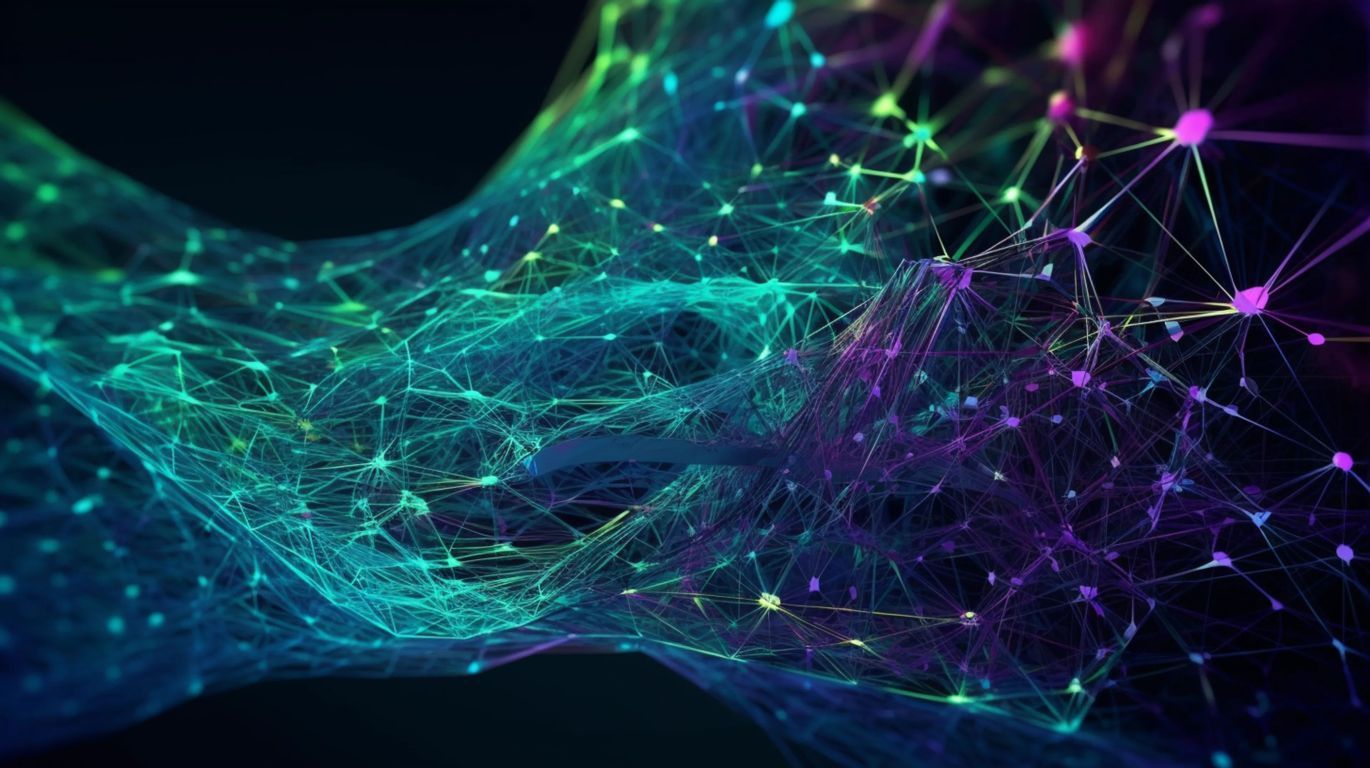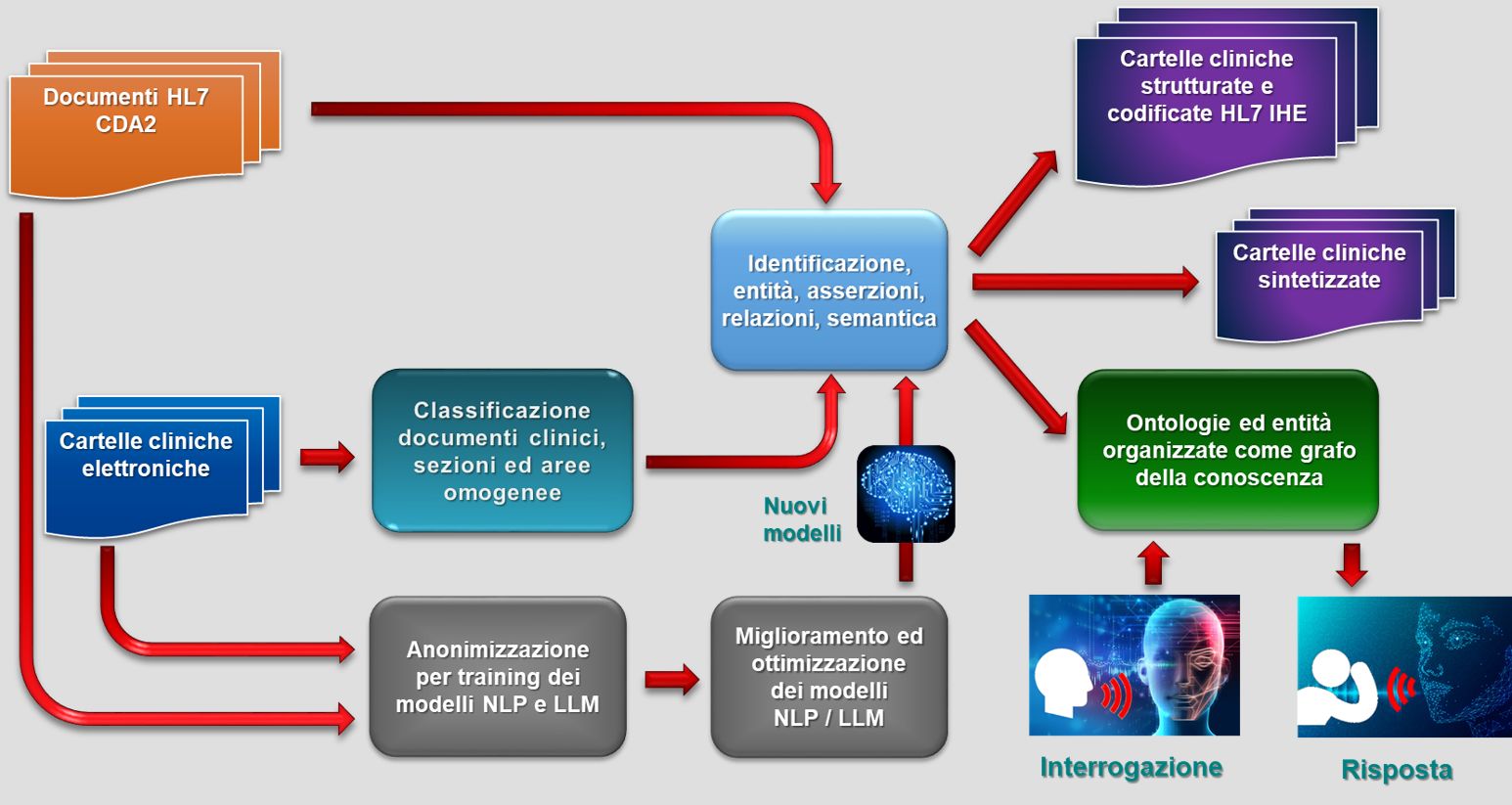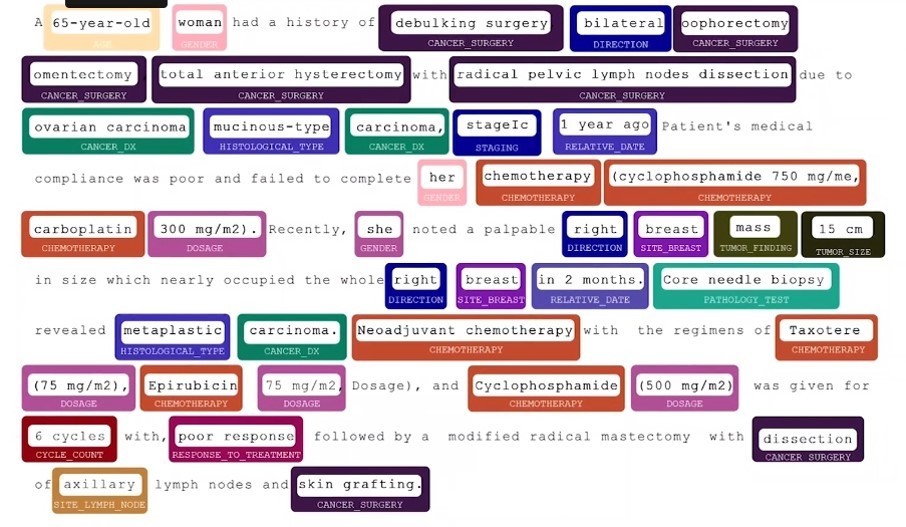Conversion clinical notes into structured data
The conversion of the components of textual documents HL7 CDA2 or services FHIR transforming them into the corresponding encodings structured in such a way as to produce results-structured, semantically enriched compared to the original
Classification of the sections and areas
The initial phase of the process of elaboration of the medical records digitized consists in identifying the texts to be converted in the sections and areas in the documents. The following illustration highlights the main areas of a folder but not limited to
Identifying entities, assertions, and relations
Once categorized, the sections and the areas and extracts the text content, it is necessary to pass to the phase of identification of entities, assertions, and relations.
The result of the step of identification will produce patterns of identification, structured in a similar way.
Once you have completed the identification of the C-NER will be identified and the relationships between the different entities.
Conversion of C-NER logic HL7 IHE
The phase of successive processing involves conversion of encodings C-NER identified in the corresponding encodings HL7 IHE. In the following table are shown the main encodings that must be converted, and the coding of the target in the scope of the HL7 IHE.
Once converted the encoding format HL7 IHE emerges the need to systematize the available data in a schema to a representation that is both functional to the stage of interrogation. In this respect, it provides for the construction of a graph of knowledge made with ElasticSearch, which will represent in a structured manner, the knowledge extracted from the folders that are processed.




